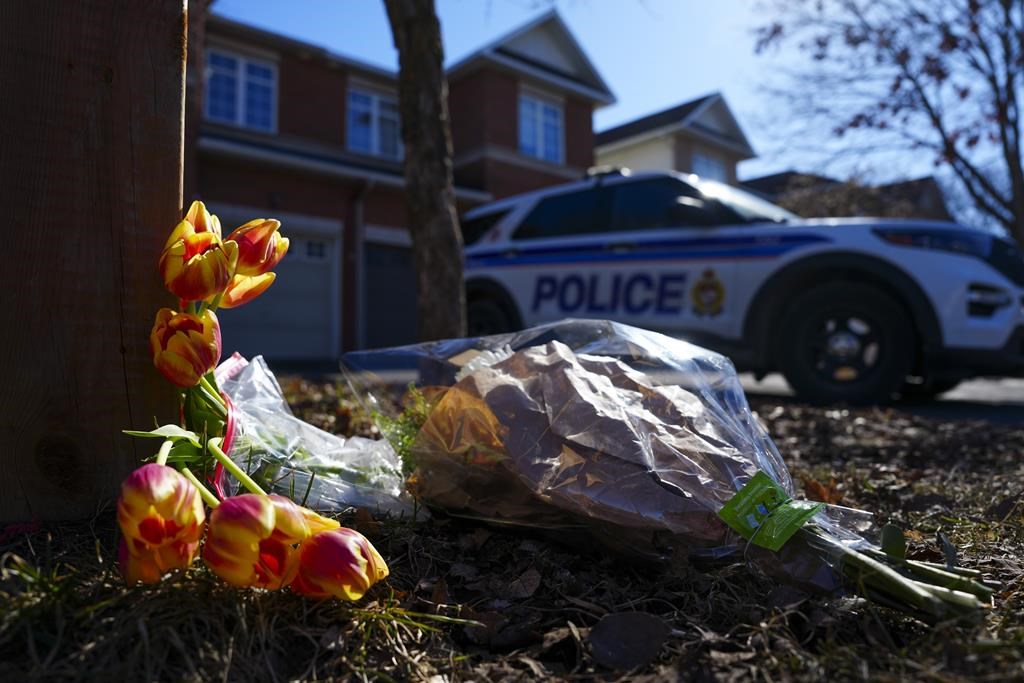Ontario public elementary teachers vote 98 per cent in favour of strike
Posted Nov 1, 2019 03:59:00 PM.
Public elementary teachers and education workers in Ontario have voted 98 per cent in favour of a strike should it become necessary, with the union representing them calling the result an “overwhelming” mandate.
The Elementary Teachers' Federation of Ontario said Friday talks with the province at the central bargaining table have not progressed in any meaningful way. The union said almost every issue — from class sizes to salary — has become a sticking point in the negotiations.
ETFO president Sam Hammond would not lay out a timeline for a potential strike, but he said the union would meet with a conciliator on Monday.
Premier Doug Ford, meanwhile, told the Toronto radio station NewsTalk1010 that he was not surprised by the results of the vote but would not negotiate with the union in public.
His education minister, Stephen Lecce, said in a statement the government's team remains committed to reaching a negotiated deal.
“While our government has been a reasonable and constructive force at the bargaining table…ETFO has taken another escalating step towards a strike which will disproportionately hurt our kids,” he said.
“Strike action caused by unions could mean school closures, disruption, and uncertainty for students and parents.”
High school teachers and teachers in the English Catholic system are also holding strike votes, with results expected in the next couple of weeks.
This round of bargaining has been tense, as it comes amid government attempts to impose caps on wage increases for public sector workers and increase class sizes, which will mean thousands of fewer teachers in the system.
A strike by 55,000 education workers — such as custodians, administrative staff and early childhood educators — was averted at the last minute when the government reached a tentative deal with the Canadian Union of Public Employees.
Hammond has said the government has told the union it's seeking $150 million in reductions to their collective agreement.
Major education unions have been critical of the government's overall direction since taking power last year, including moves to increase high school class sizes from an average of 22 to 28, boost class sizes for Grades 4 to 8 from 23 students to 24, mandate e-learning courses and reduce per-student funding to boards.
Those hikes to class sizes over four years would mean the loss of 10,000 teaching jobs, though Education Minister Stephen Lecce has recently said he has offered in talks with the Ontario Secondary School Teachers' Federation to scale back the increase in high school class sizes to 25.
But OSSTF has called that a “poison pill,” because the offer would also mean local class size limits are removed, essentially allowing the province to see the number of students per class climb indefinitely.
This report by The Canadian Press was first published Nov. 1, 2019.
Allison Jones, The Canadian Press










